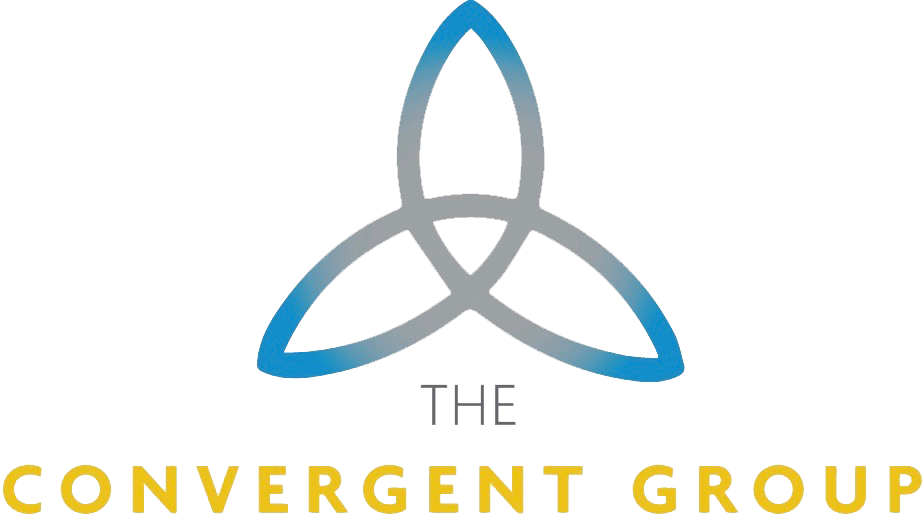Developing a growth-committed culture within an organization involves creating an environment that prioritizes continuous learning, innovation, collaboration, and adaptability. It can also lead to increased employee engagement, improved performance, and better overall organizational outcomes.
Here are steps to help you foster a growth-committed culture:
1. Communicate the company’s purpose and strategic goals. Everyone needs to fully understand why they come to work every day and how their work fits into the bigger picture.
2. Define values. What values and behaviors do you expect from everyone (e.g., being honest, responsive or proactive, and customer-centric). Having the top leadership team determine the values is key to building a powerful culture.
3. Develop specific criteria to measure behaviors and goals. Each manager needs to identify the specific behaviors that exemplify the value for his/her staff members. For instance, customer-centric involves probing to identify relevant needs related to search for the right product/service; but a salesperson and customer service manager might probe for different information.
4. Do the same for each person’s strategic performance activities. One strategy for getting repeat business may be to engage in follow up. However, relevant criteria is required, such as the need to contact the client within two working days, turning the issue over to someone who can correct the problem, and checking afterwards that it’s been taken care of properly.
5. Hire people who already possess these cultural and strategic performance elements. Recruiting should be focused on identifying people whose values and behaviors indicate they will fit into the culture and execute the strategy. Unfortunately, too many people are hired without specific focus on these critical elements.
6. Implement an evaluation system. Each supervisor sets expectations with staff concerning the behaviors that they mutually agree will measure success.
7. Focus on continuous improvement. Supervisor/employee discussions involve reviewing current performance and setting expectations for the follow up meetings concerning what specific actions will lead to a higher success rate. Improvement often takes time.
8. Get people the help they need. If the employee needs additional training, coaching or support, the supervisor needs to provide it. The supervisor’s manager will also evaluate him/her on how well they responded to the employee’s needs to improve.
9. Celebrate achievement. Identify an employee’s progress. Celebrate the achievement to spur further growth by the person; also use it as a role model for others.
10. Look at the big picture. Collect data to identify those areas of the company with the greatest need for clarification, criteria specificity, and training in evaluating and giving feedback. Viewing how same cultural elements operate throughout the company provides greater perspective for what needs to be done at each level of the organization.
Creating a growth-committed culture requires intentional effort from leadership, alignment with the organization’s values and goals, and a willingness to adapt as circumstances change. Such a culture can lead to increased employee engagement, higher job satisfaction, improved performance, and a stronger competitive edge for the organization.

